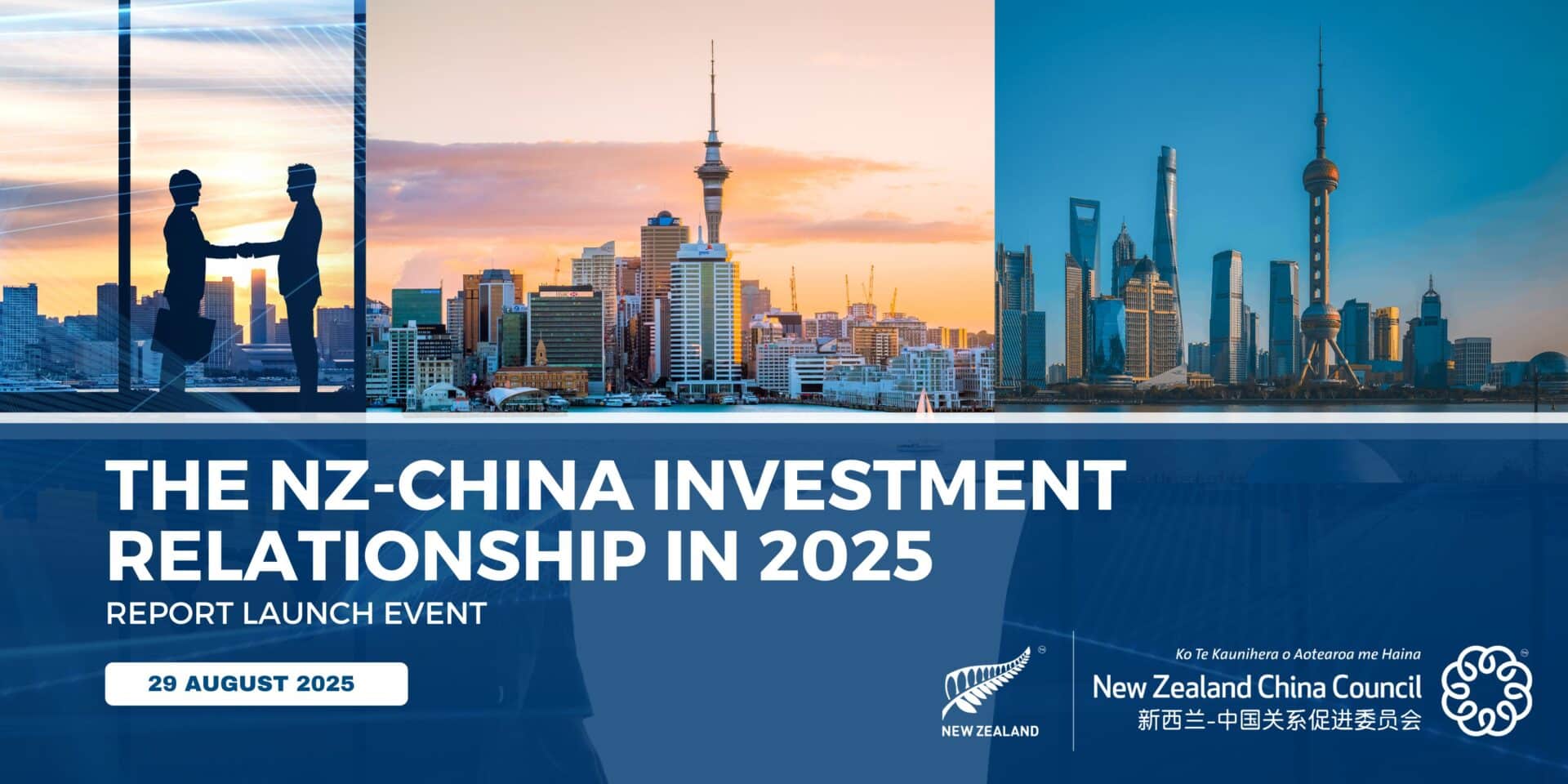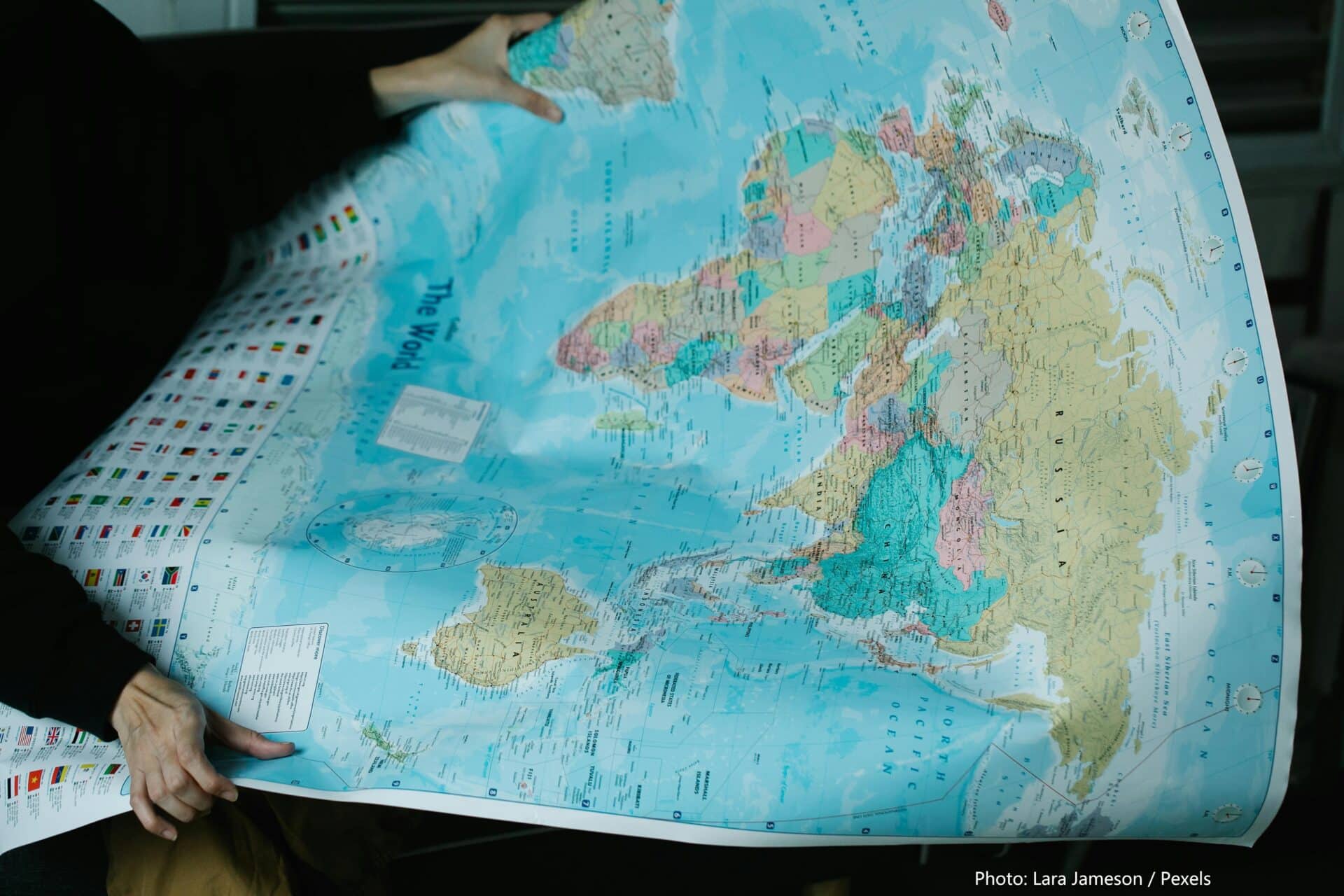INVESTING IN BELT AND ROAD – A NEW ZEALAND PERSPECTIVE
ADDRESS TO HONG KONG GATEWAY TO SUCCESS CONFERENCE, AUCKLAND, 12 MARCH 2018
STEPHEN JACOBI, EXECUTIVE DIRECTOR, NZ CHINA COUNCIL
It’s good to be with you today and my thanks to the Auckland Business Chamber and the Hong Kong Economic and Trade Office for the opportunity to participate.
Our gathering takes place at a critical moment for the global economy.
It is a time when all regions in the global economy are growing – the first time this has happened since the global financial crisis – but it is a time marked by both advances and reversals in government policy.
Last week New Zealand and ten other partners signed the Comprehensive and Progressive Agreement on Trans Pacific Partnership (CPTPP), an open and outward-looking agreement which we hope one day will encompass both China and Hong Kong as a template for freer trade and investment in the Asia Pacific region.
Yet, on the very same day, the President of the United States announced new tariffs on steel and aluminium – this action risks taking us back to the worst forms of protectionism, opening up the scope for tit-for-tat retaliatory measures that will further weaken the global trading system and with it confidence in the global economy.
Meanwhile China under its newly-empowered President is proceeding to implement the Belt and Road Initiative (BRI) as a new model for globalisation, precisely at the time when people all around the world are calling for new ways to make globalisation work better.
This is a complex and bewildering time, when New Zealand and Hong Kong, our old friend and CEP partner, need to find ways to work together for a more open and inclusive global economy.
In this context, the Belt and Road Initiative provides us with some new opportunities which like to share with you briefly before we get into the more detailed discussion.
In particular I’d like to cover:
- How we are being drawn to interpret Belt and Road in the light of recent developments
- What we believe New Zealand can offer Belt and Road
- How we can make this offer more concrete, including by working with our friends in Hong Kong.
Interpreting Belt and Road
Some five years after the launch of Belt and Road there is still much that has yet to be fully explored and understood, but what is clear is that this is an extraordinarily ambitious vision which is continuing to evolve.
When in China last year I discovered a new academic discipline – “Roadology” – the art and science of Belt and Road.
Since the Belt and Road Forum held in Beijing in May 2017, the concept has broadened out considerably to focus on a vision for enhanced connectivity between China and the rest of world.
Not only is New Zealand considered part of the New Maritime Silk Road, when Chile or Argentina can proudly claim a role in Belt and Road, you know something must have changed!
Belt and Road has also been described as a new way of managing globalisation – a more inclusive, development-led model, as opposed to model based on technology and free trade agreements.
China clearly sees Belt and Road as a way of showing leadership on globalisation at a time when others especially the US, as we have seen this week, might be seen to be retreating inwards.
BRI has its fair share of sceptics and critics: some see BRI as a mere slogan; others see it as a means for China to develop soft power and even as a means of projecting industrial strategy.
But BRI is not going to go away – it is supported at the highest levels of the Chinese Government, is co-ordinated by the National Reform Development Commission and is now seen as a central pillar of China’s economic strategy.
But what does Belt and Road represent for a distant nation like New Zealand?
It’s no secret that New Zealand’s relationship with China has developed rapidly in recent years to the stage of a Comprehensive Strategic Partnership.
This has been the result largely of the famous “firsts” in the relationship, including being the first developed economy to sign an FTA and now also the first developed economy to seek to upgrade its FTA.
When the FTA entered into force in 2008, two-way trade was at the level of $8 billion – today that figure is $26 billion.
By any measure – trade, investment, tourism, education, scientific co-operation, people to people exchanges – the relationship continues to expand.
But the FTA can only take us so far – New Zealand now faces greater competition for attention in China.
It’s not that surprising – other countries with superior resources and deeper connections have lifted their game, even cautious Australia has negotiated a very good FTA, Chile has already upgraded their FTA and our European friends are ahead of us in developing people to people links.
It is the assessment of the NZ China Council that New Zealand cannot afford to stand aside from developing a contribution to Belt and Road.
If we choose not to engage, others most certainly will and we will find our preferential position in the Chinese market further eroded.
At the same time, we need to proceed carefully and in a way which matches our interests, our values and, especially, our comparative advantage.
Developing NZ’s contribution
The Memorandum of Arrangement signed between the two governments at the time of Premier Li Keqiang’s visit a year ago provides a mechanism for NZ firstly to define how it can contribute to BRI and secondly to present this under a framework for bilateral co-operation.
The MoA is non-binding and largely aspirational – it set a timetable of 18 months for the development of this co-operation – we understand the official wheels are now in motion to put some greater flesh on the bones of how we might co-operate in the future.
It’s interesting to see that the emphasis in the MoA is on connectivity rather than infrastructure.
While infrastructure development is a major focus for China in the developing economies, especially in Eurasia, it is in our assessment unlikely to be so in New Zealand.
This is not to say that there cannot be Chinese participation in New Zealand’s infrastructure development.
Chinese building companies are already involved here and will continue to be able to tender for projects as they are rolled out.
Similarly, we should not exclude New Zealand supplying specialist services in BRI construction projects overseas.
We suspect the greater benefit for NZ is likely to be in the “soft infrastructure” rather than the “hard infrastructure” – the way goods, services, capital and people move along the belt and road rather than building the road itself.
New Zealand has wide policy expertise and commercial services to offer in this area which matches a number of the policy areas China has highlighted for Belt and Road including policy co-ordination, investment and trade facilitation, and cultural and social exchange.
A key task before us at this point is develop deeper thinking and more specifics about how we can assist and how this can be presented to Chinese partners.
Making our offer more concrete
The NZ China Council has under a development a strategic pathway to help identify the opportunities.
Our strategic pathway has three stages:
- A report to highlight opportunities according to New Zealand’s comparative advantage
- The development of further web-based materials to highlight these opportunities for New Zealand stakeholders
- A process of outreach to New Zealand business and other stakeholders to develop further these ideas.
We are well advanced with this programme.
A report prepared by Colum Rice and the team at PwC has been completed and is being readied for release.
The report puts BRI in a New Zealand context and outlines a process which PwC and a group of stakeholders followed to highlight specific areas of future co-operation.
The report outlines four such areas:
- trade facilitation and supply chain connectivity
- innovation
- the bridge over the Pacific linking China and South America; and
- the creative sector.
Some of the proposed projects under these headings would be for the Government to pursue, others for business and others for cities.
The report will be ready for release in early May – we are a little behind our earlier announced schedule – and we envisage the web-materials to be ready around the same time and our outreach will follow thereafter.
This fits in well with the timetable for the official Belt and Road process arising from the Memorandum of Arrangement.
While proceeding to implement this strategy, we need to continue to monitor developments in China and give further thought to any risks in pursuing this course.
What might those risks be?
One obvious one is that New Zealand might under-estimate or over-estimate the value of participation.
As we have said we have said we see Belt and Road as an opportunity to re-position our relationship with China.
That said, we do not see either Belt and Road or the relationship with China as replacing other important relationships and arrangements with the rest of the world.
Some of you will know me as an outspoken advocate of the Trans Pacific Partnership: I think it possible to deal with multiple abbreviations CPTPP and BRI!
Nor does Belt and Road obviate the need to proceed with the FTA upgrade – on the contrary, the upgrade could be seen to have even broader significance if placed in the bigger context of BRI.
There is currently a debate in New Zealand about the extent of Chinese influence in our economy.
I am on record as being concerned about some of the “anti-China” narrative in that debate, especially in the unfortunate targeting of prominent individuals in the Chinese community, but there is nothing wrong with a debate focused on how to build a resilient relationship with China given the difference political values between our two countries.
Contrary to the assertion of some in the media, the Chinese Government is not requiring us to surrender sovereignty in order to participate in BRI – it is up to us to make the running and to come up with ideas that add value, as I have said, on the basis of our interests, our values and our comparative advantage.
This is where our friends in Hong Kong can help – one obvious point of reference is the excellent website the Hong Kong Trade and Development Commission maintains on Belt and Road – https://beltandroad.hktdc.com.
Not only does Hong Kong have a unique vantage point, it is well placed to facilitate the sort of co-operation which can add value to New Zealand’s offer and can build on the successful economic relationship we enjoy with Hong Kong today.
Conclusion
I began by saying we are living in challenging times.
Meeting these challenges requires New Zealand to have a plurality of value-creating relationships.
Our future involvement with Belt and Road, with China, Hong Kong and other BRI economies, should be seen in that light.
To do this we need innovative new thinking, such as can be developed by events like today’s conference, as we work together to chart a path along the Belt and Road.











 MENU
MENU
